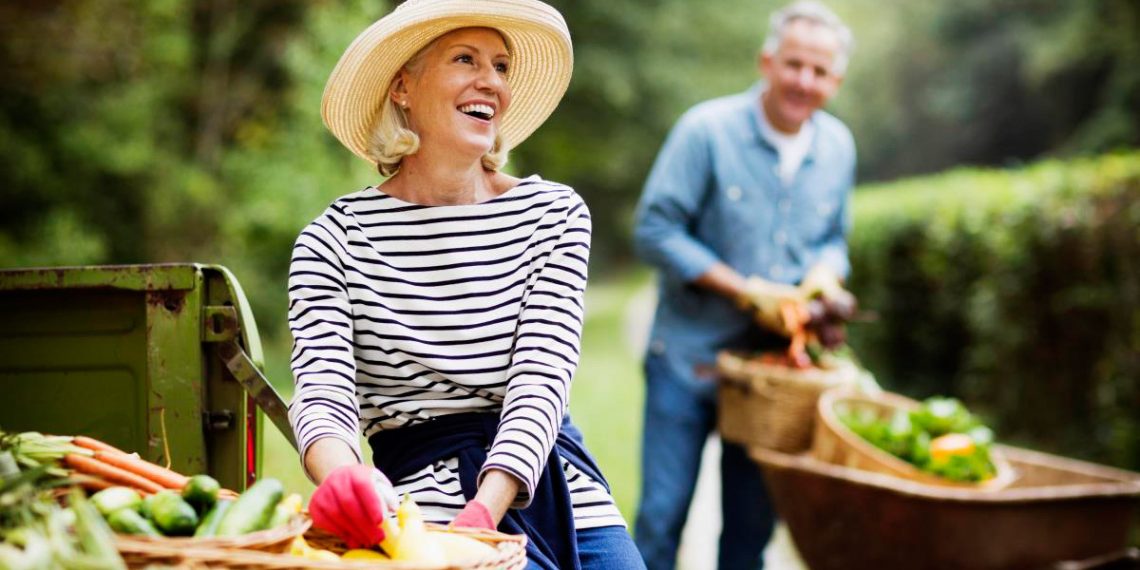- Growing your own food is a practical, cost-effective and empowering step toward self-sufficiency.
- Gardening also offers mental health benefits, such as stress reduction and a sense of accomplishment.
- If you want to start a home garden, choose the right location with at least six hours of direct sunlight daily. For small spaces, consider container or vertical gardening.
- No-till gardening is beginner-friendly and eco-friendly. Raised beds are another excellent option, offering better drainage, faster warming and reduced weeding.
- Select crops based on your climate, space and preferences. Beginners should start with easy-to-grow vegetables (leafy greens, root vegetables, tomatoes, peppers and vining plants), fruits (berries, dwarf fruit trees) and herbs (basil, cilantro, mint, or parsley). Preppers may prioritize staple crops like beans, potatoes and grains for long-term storage. Regular care is crucial for a thriving garden. Water efficiently, mulch to suppress weeds, rotate crops and use organic pest control methods.
In an era of economic uncertainty and increasing interest in self-sufficiency, starting an edible home garden is one of the most practical steps you can take.
Whether you’re a prepper preparing for long-term survival or simply looking to cut grocery costs, growing your own food is a rewarding and empowering endeavor.
With a little planning and effort, even beginners can cultivate a thriving garden that provides fresh produce year-round. Read on to learn how to get started. (h/t to ModernSurvivalOnline.com)
Step 1: Choose the right location
The first step in creating an edible garden is selecting the right spot. Ideally, your garden should receive at least six hours of direct sunlight daily.
Sunlight is essential for most vegetables and fruits to thrive. If you’re working with a limited space, don’t worry — container gardening or vertical gardening can work wonders in small areas. […]
— Read More: www.naturalnews.com


